
Safari in November
October
is a transition month
in almost all locations

a fabulous quiet month, if rather warm
The Nov-Dec period marks the late dry season, the transition from the preceding cool dry season and the subsequent warm green season, with savanna safari conditions more likely to deteriorate slightly as the weeks pass.
The weather throughout this period should be warm and sunny. The chances of rain in November should remain very low in most areas.
That means the consequential adverse effects on wildlife movements described in December are much less likely to take place during this month.
Temperatures in Etosha during the day average around 33C/91F at this time of year, dropping at night only to around 18C/64F.
Visitor traffic tends to be relatively light through November and traffic avoidance techniques (like staying on private reserves and visiting more remote areas) are less essential.
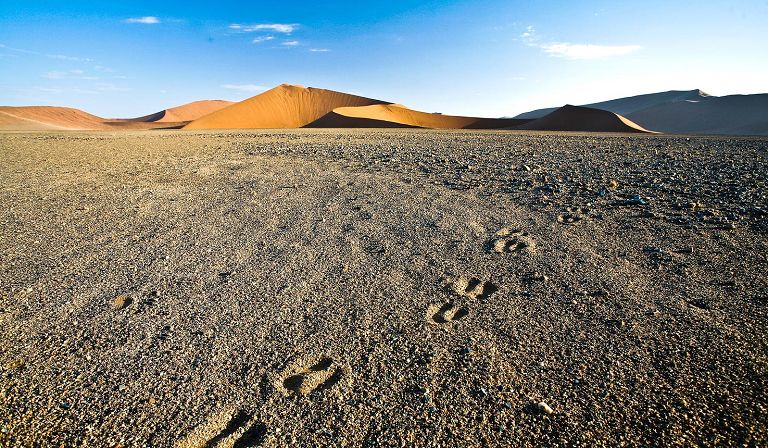
arguably the best month for weather and traffic
November is generally considered to be a very good time to visit Egypt.
At this time of year, the temperatures drop to a comfortable 29C (84F), with rainfall down at 0mm (0”) and sunshine hours up at 10 hours per day, despite the shorter day length.
Temperatures at night can drop as low as 12C (54F).
Visitor numbers are reasonably high through the month, creating a need for early booking and traffic avoidance measures.
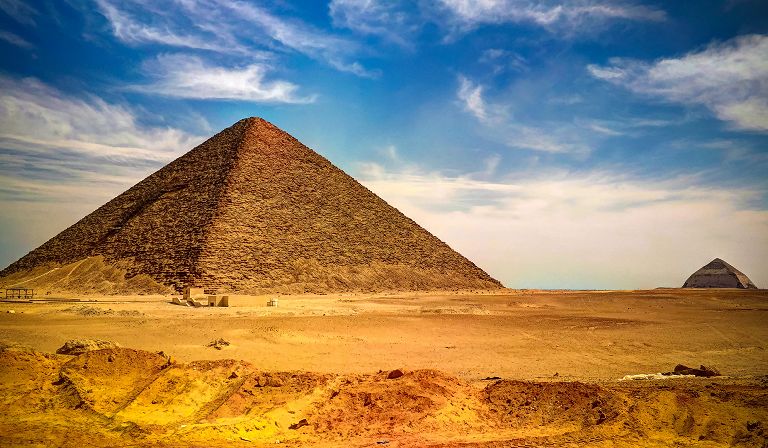
the start of the season in Patagonia
November is spring and areas further south are open once again.
Down in the south, the conditions in Patagonia are starting to get really good again. Although the weather here is always unpredictable, conditions are now relatively mild and are reasonable for outdoor activities like touring, motorboating, kayaking, hiking, horse-riding and puma tracking. Temperatures are back up to around 17C (63F), but rainfall remains down at 10mm (0.5”) for the month.
In central areas such as Bariloche, conditions are also considerably improved for outdoor activities like touring, hiking, kayaking and motorboating. Temperatures continue to rise to around 19C (66F) and rainfall drops again to 25mm (1”) for the month.
Out on the coast, Península Valdés is also milder at this time, with the continued arrival of migratory marine animals. November is the second month of the first orca hunting season, when they target baby elephant seals. Temperatures rise to around 18C (65F), but rainfall remains down at 25mm (1”) for the month.
In the northwest of the country, private-guided overland expeditions into the high Andes are excellent at this time. Temperatures in Salta remain up at around 28C (82F), with rainfall increasing to 50mm (1”) for the month. Conditions in the dramatic high altitude areas are now at more comfortable levels.
Up in the north of the country, the Iguazú Falls area is once again becoming very hot and rainy. The water volumes on the falls should have increased from their September lows. Temperatures remain up at around 31C (90F) and rainfall also holds up at a considerable 150mm (6”) for the month.
Visitor traffic in November is relatively low in all areas.
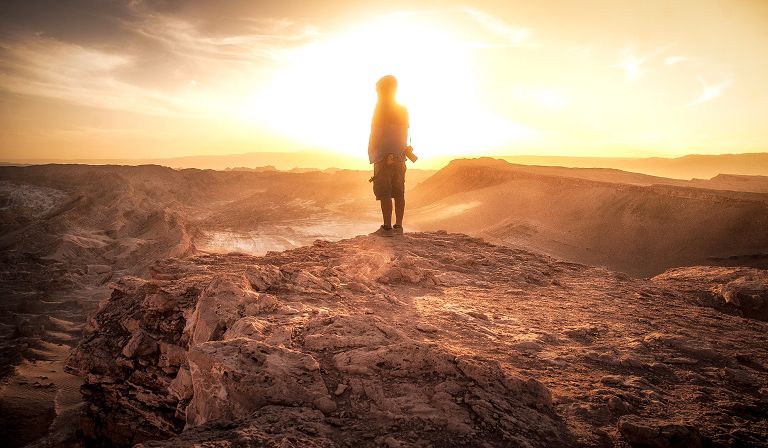
conditions in the fall are very appealing
November is the third and final month of fall and is generally considered to be a very good time to visit Bhutan.
Sep-Nov is autumn in Bhutan, transitioning from the warm wet summer to the cool dry winter, with temperatures falling and rainfall decreasing through the period, in advance of the cold winter.
During this period the typical daytime temperatures fall through 23-18C (74-64F), whilst night time low temperatures fall through 15-5C (59-41F). Rainfall decreases through 150-10mm (6-0.5”) per month. Sunshine increases to 5-8 hours per day, which is around 40-80% of daylight hours, making for an increasing amount of pleasant sunny weather and often clear skies for mountain views (especially into Oct-Nov).
Although the weather should be generally good, there can occasionally be serious showers and periods of persistent drizzle, although these are usually limited to September.
Following the rains, visibility can be really good, with lovely mountain panoramas and crisp polarisation for photography.
This is a particularly good time of year if you are planning to undertake trekking, mountain-biking and camping trips up into the mountains.
November is a good month for religious and cultural festivals. We often plan trips to coincide with a particular event.
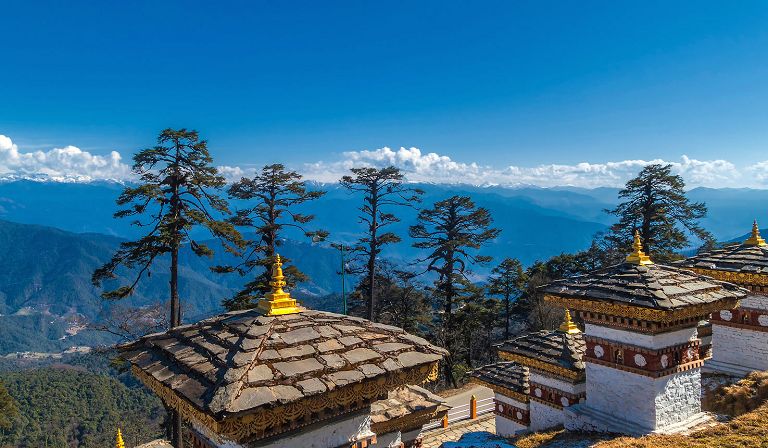
potentially challenging conditions in all areas except Kidepo
November is generally considered to be a more challenging month to visit Uganda.
In the Bwindi Forest area, the temperatures are stable at around 22C (70F), but rainfall is remaining up around 150mm (6”) through the month.
This rainfall is quite a bit higher than usual, potentially with torrential downpours and (even worse) long periods of drizzle. This is likely to make gorilla tracking considerably more difficult.
In the savanna safari areas at this time, Queen Elizabeth and Murchison Falls share similar conditions to the above, which means that the wildlife is likely to be dispersed and more difficult to find.
Kidepo Valley is in the third month of its dry season, with conditions now being rather good.
Visitor traffic tends to be low in November, but it is always good to book permits as early as possible, to get on the best gorilla families.
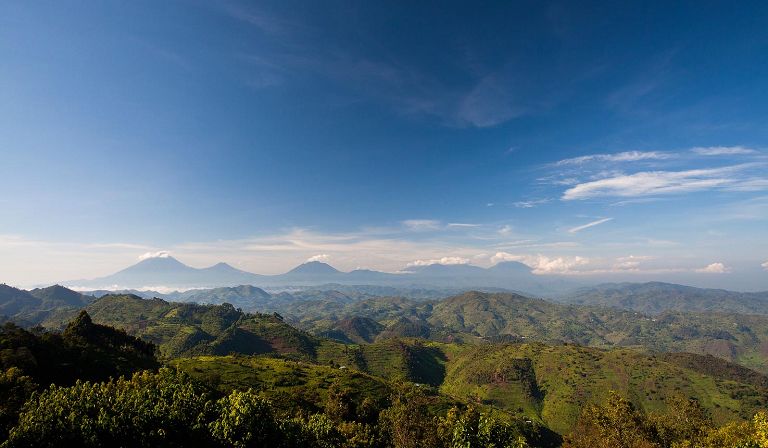
a fabulous month for those willing to gamble
November is generally considered to be an interesting time to visit Tanzania.
The weather in Tanzania during November can be quite unpredictable. At some time during the month the prevailing winds should swing dramatically from the southeast to the northeast, a change that should induce the short rains.
Down on the coast this change tends to be more pronounced, with a significant increase in precipitation and a good deal of cloud cover.
Further inland the change is less predictable, with locations such as Serengeti, Selous and Katavi probably also experiencing an end to the dry season. This could take the form of a couple of light showers during the month, or weeks of more regular rain and cloud cover. Daytime temperatures in most areas should still reach 30-35C/86-95F in most areas. Uniquely, the gorgeous Ruaha reserve tends to remain dry.
Safari in Tanzania in November should be excellent to good. The reason for the wide range in rating is the unpredictability of the short rains.
If there is sufficient rainfall to fill the seasonal waterholes, then the wildlife will disperse into the vast hinterlands and be much less accessible.
On the other hand, if the rains fail to properly materialise (as they do some years) then dry season conditions will continue and even exaggerate, leading to epic if potentially tragic wildlife sightings.
In the Serengeti, the main migration will start to move as soon as the first lighting strikes in the Ngorongoro Highlands to the south, which means that huge columns can be seen moving south through the reserve, although this is not generally considered to be a spectacular or reliable time of year for migration viewing due to the difficult terrain in this particular area.
Conditions on Kilimanjaro are likely to be difficult and dangerous. The weather is quite unpredictable through this month and unpredictability is not something we want on the mountain. We only tend to outfit expeditions for hardcore mountaineers and military personnel at this time.
Visitor traffic in November is very low, both because of the potentially adverse weather and simply because so few people seem to travel at this time of year. This makes it a great month to visit better known locations, such as the Ngorongoro Crater and Serengeti Central.
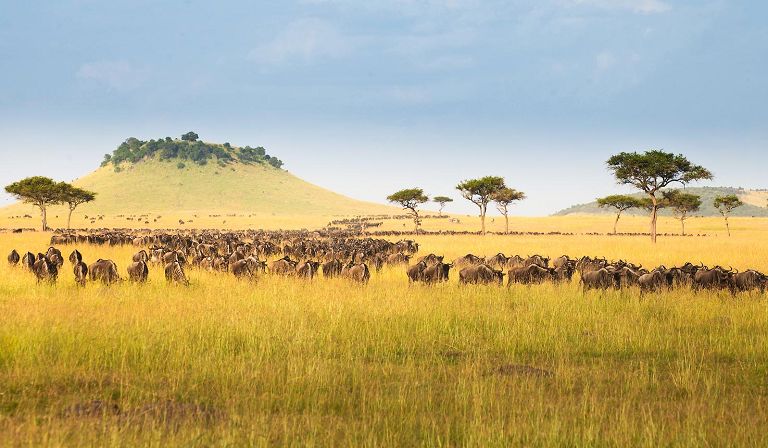
very good conditions in most areas
November is generally considered to be a very good time of year to visit Ethiopia.
Most areas have a similar climate to the capital, Addis Ababa, with temperatures around 23C (74F) and rainfall down at 10mm (0.5”) for the month.
The Tissisat Falls on the Blue Nile at Bahir Dar are at their best during the high water period of Jul-Dec.
The Danakil Depression is the hottest place on earth, so conditions are never easy down there. November is one of the better months, when daytime temperatures usually ceiling around the 40C/104F mark.
The remote Gambela area is accessible at this time, but it is too early for the kob migration.
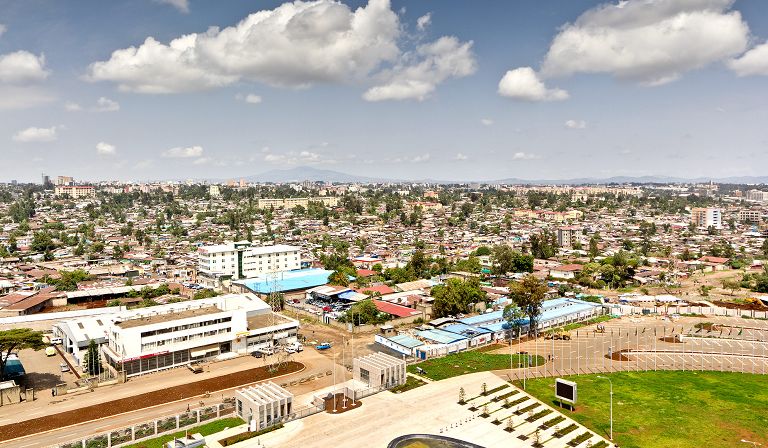
exciting expeditions into the frozen wilderness
The month of November represents spring on the Antarctic Peninsula, when the region starts to emerge from the freezing winter conditions. However, this is Antarctica and conditions are likely to remain relatively harsh, especially during the early part of the month.
The landscapes are likely to remain largely snow-covered, which really does emphasise the impression of a pristine wilderness. Sea-ice should be widespread and very impressive, as is the seasonal build-up of cloud formations, often leading to dramatic sunsets.
Average temperatures in this part of the world tend not to vary enormously throughout the year, with November being around -1C (30F). Precipitation is around 30% higher than the summer low in January, at around 75 mm (3”) per month. Perhaps most importantly, the day length is around 18 hours and rising.
The weather is likely to remain quite unpredictable through November, meaning that itineraries may have to shift around, especially to accommodate the sea-ice situation. A ship with a higher ice-class rating can be particularly important during this month, being able to push further south through the frozen seas.
In terms of wildlife, the penguin colonies should be starting to swell, with nest-building activities, courting rituals and mating.
Crabeater seals and leopard seals are regularly sighted, pulled out on the various ice floes and pack ice.
Birds including wandering albatrosses, marine fulmars, petrels and blue-eyed shags all start to fly south across the Drake Passage to arrive in Antarctica in time for summer. Once arrived in the south, the birds are focused on mating and laying their eggs.
Humpback whales are often also sighted in the Drake Passage, as they too migrate southwards. Early arrivals may also be sighted along the west side of the peninsula.
When it comes to activities, this time of year is particularly good for walking on sea-ice, snow-shoeing and skiing. Camping and kayaking are eminently possible, but the conditions remain pretty cold.
For booking trips, there tend to be far fewer ships travelling south at this time, so availability can be surprisingly difficult and, as always, booking 1-2 years ahead is recommended. However, there can be some good value to be had at this time of year.
However, it may not be possible to undertake air-cruises during November, since the airstrip on King George Island in South Shetland typically does not open until the first day of December.
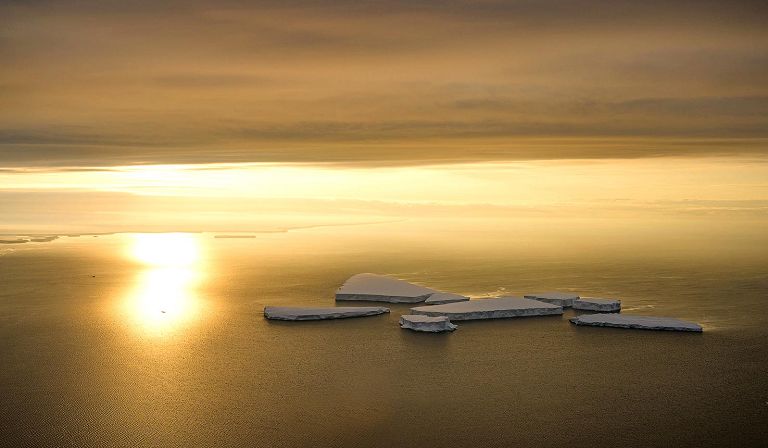
a quiet and pleasantly cool month
November is the first month of the cool dry season and is generally considered to be a good month to visit most parts of India.
In Delhi (which is representative of Rajasthan, Madhya Pradesh and most inland areas), temperatures are down significantly to 28C (82F) and rainfall is down at 10mm (0.5”) for the month. This is a good time for general travel, but tiger sightings remain elusive.
In Goa (which is representative of the tropical coastal areas), temperatures are up at an uncomfortable 32C (90F), but with rainfall down at 25mm (1”) for the month.
In Ladakh (which is representative of areas up in the Himalayas), temperatures plummet to 7C (45F) and with rainfall down at 5mm (0”) for the month. These conditions are now challenging for general travel, but the snow leopard season is getting underway.
Visitor numbers are relatively still quite low.
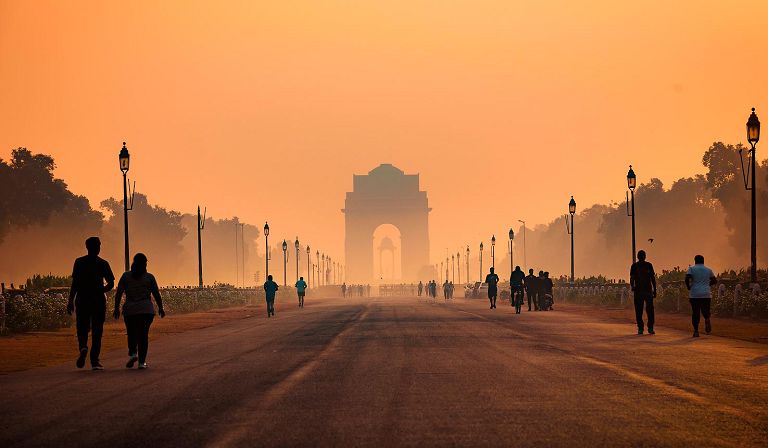
Extraordinary tailor-made adventures,
from earthy and edgy to easy and extravagant
From around USD 2500 per person, you set the ceiling
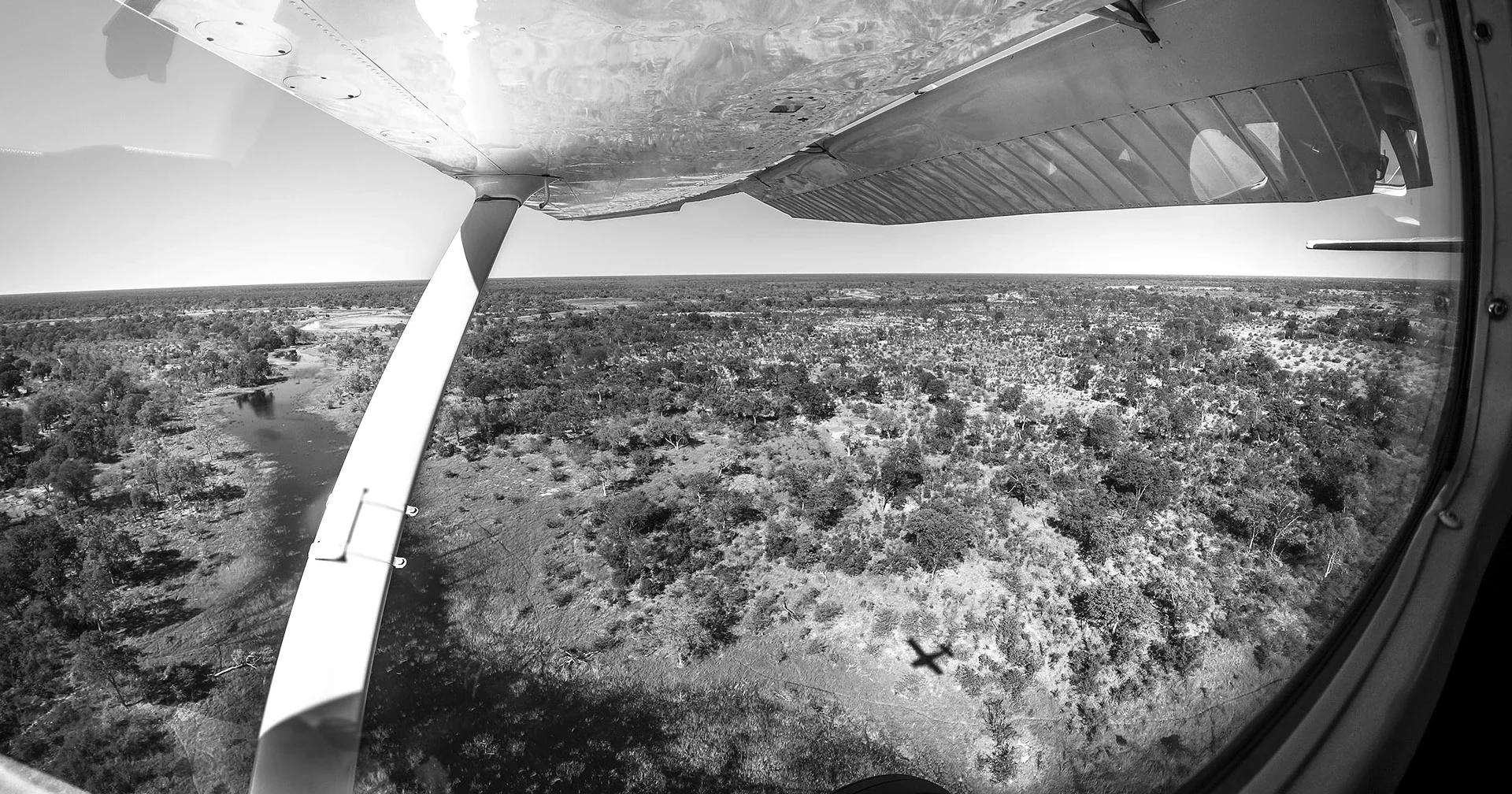
Get started on your trip
It’s never too soon to get in touch, we are here to help with every stage of your planning.

January
is strongest in north and central Africa, Asia,
the south of South America and Antarctica

February
is strongest in north and central Africa, Asia,
the south of South America and Antarctica

March
is strongest in north and central Africa, Asia,
the south of South America and Antarctica
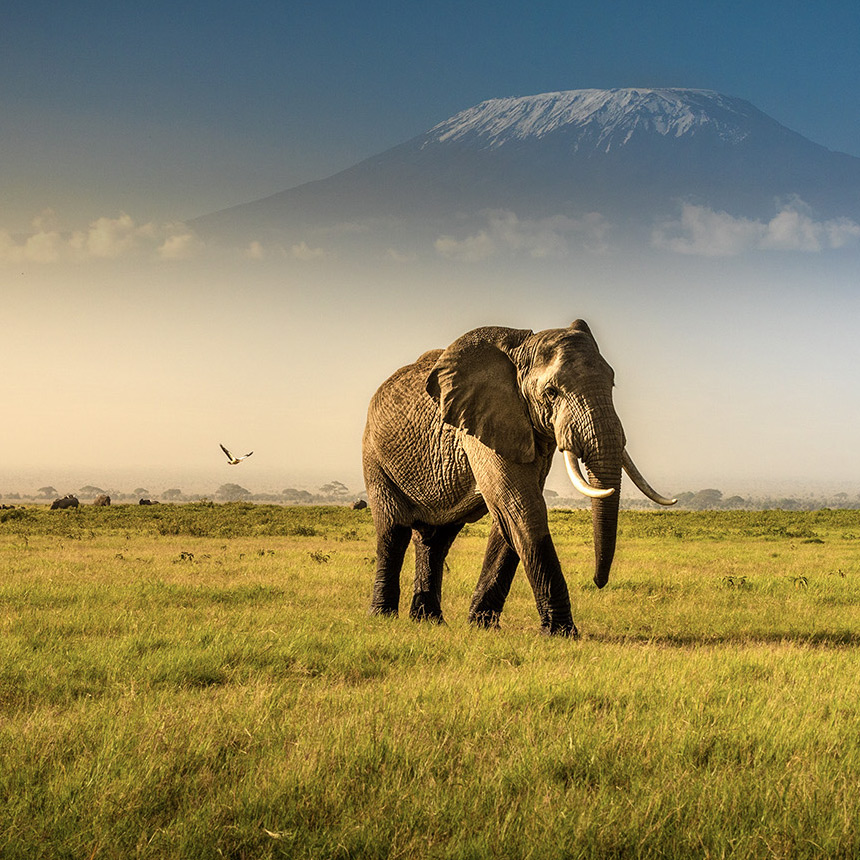
April
is strongest in north and central Africa, Asia,
the south of South America and Antarctica
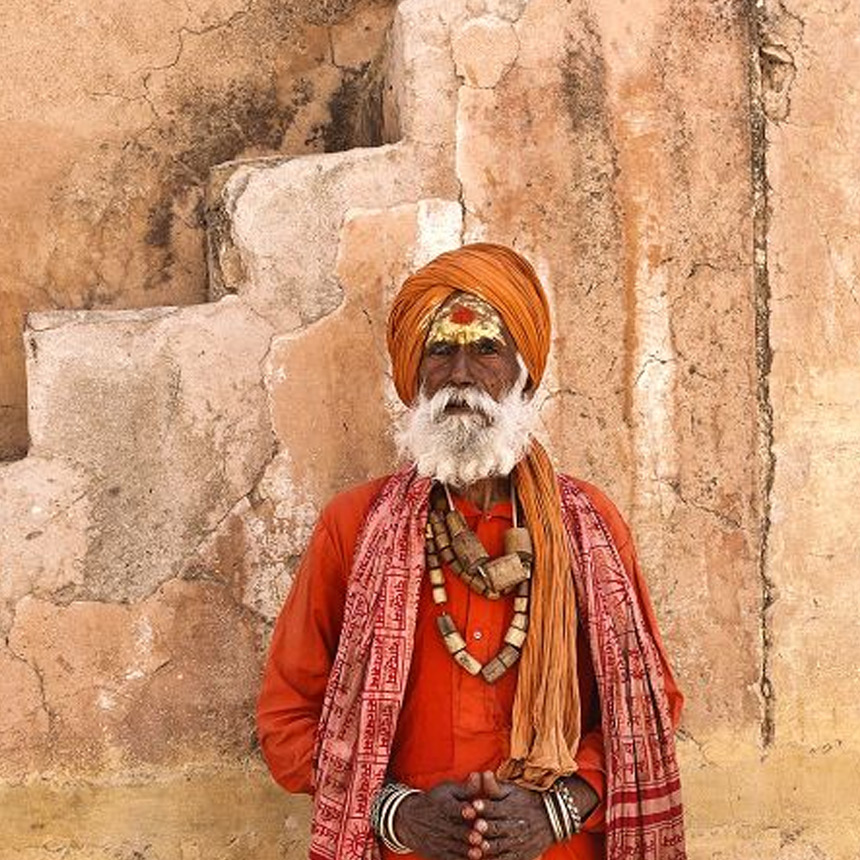
May
is strongest in north and central Africa, Asia,
the south of South America and Antarctica
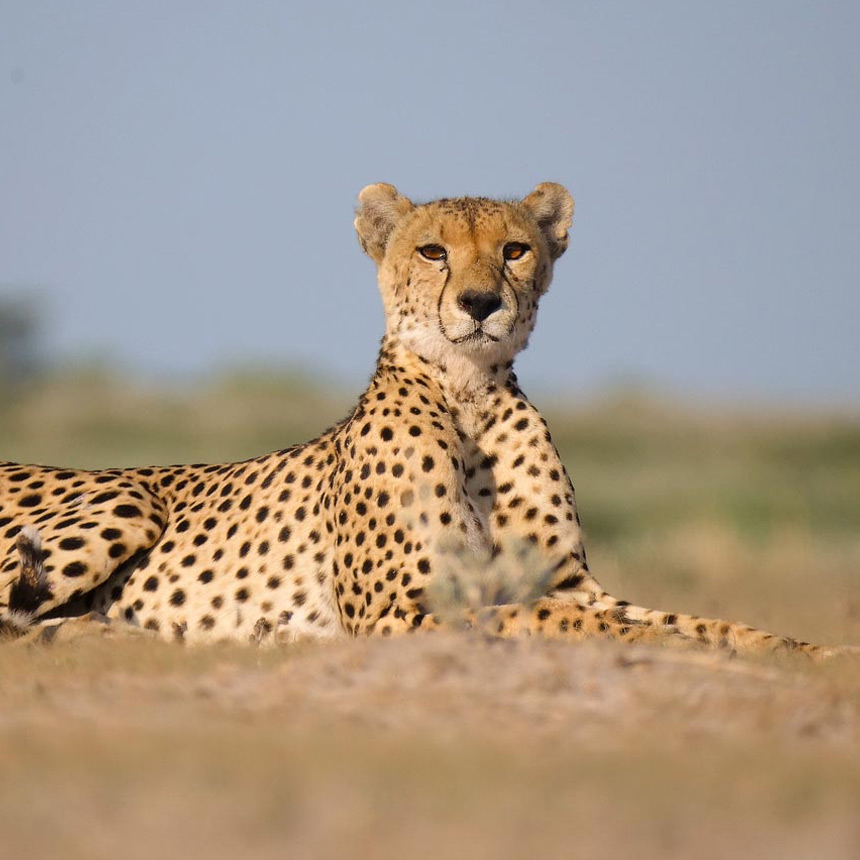
June
is strongest in north and central Africa, Asia,
the south of South America and Antarctica

July
is strongest in north and central Africa, Asia,
the south of South America and Antarctica
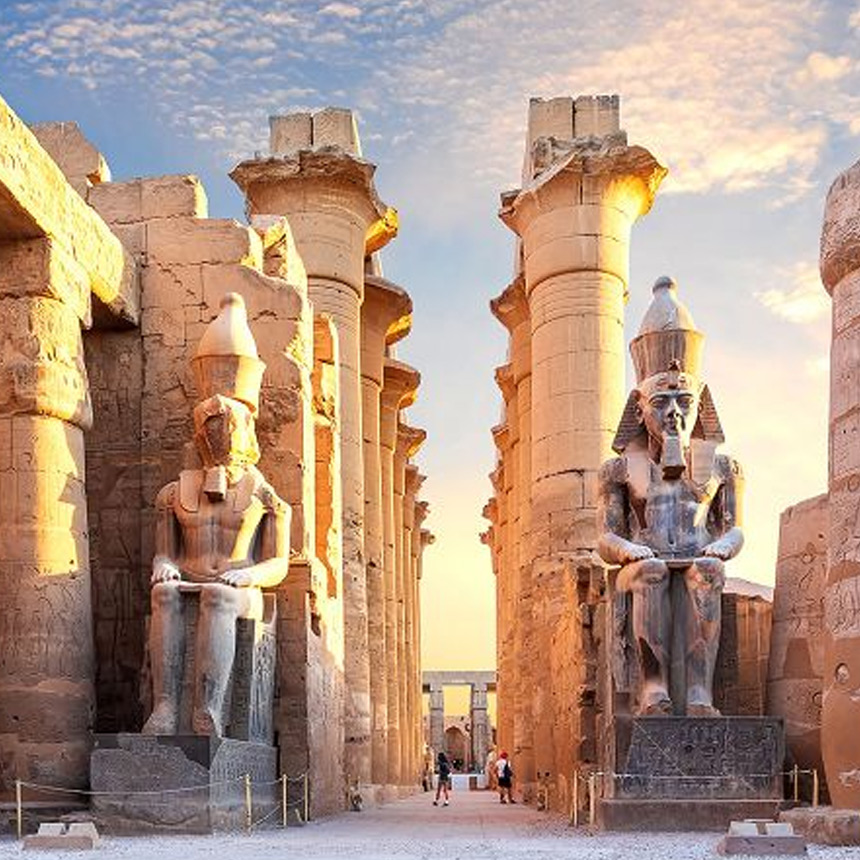
August
is strongest in north and central Africa, Asia,
the south of South America and Antarctica
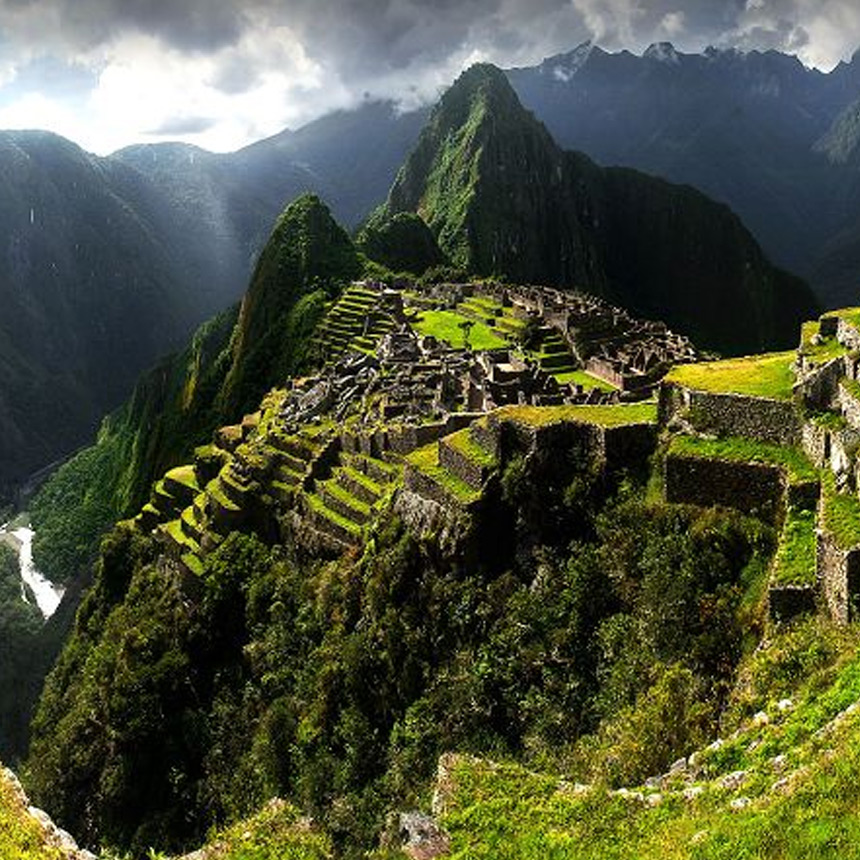
September
is strongest in north and central Africa, Asia,
the south of South America and Antarctica

October
is strongest in north and central Africa, Asia,
the south of South America and Antarctica
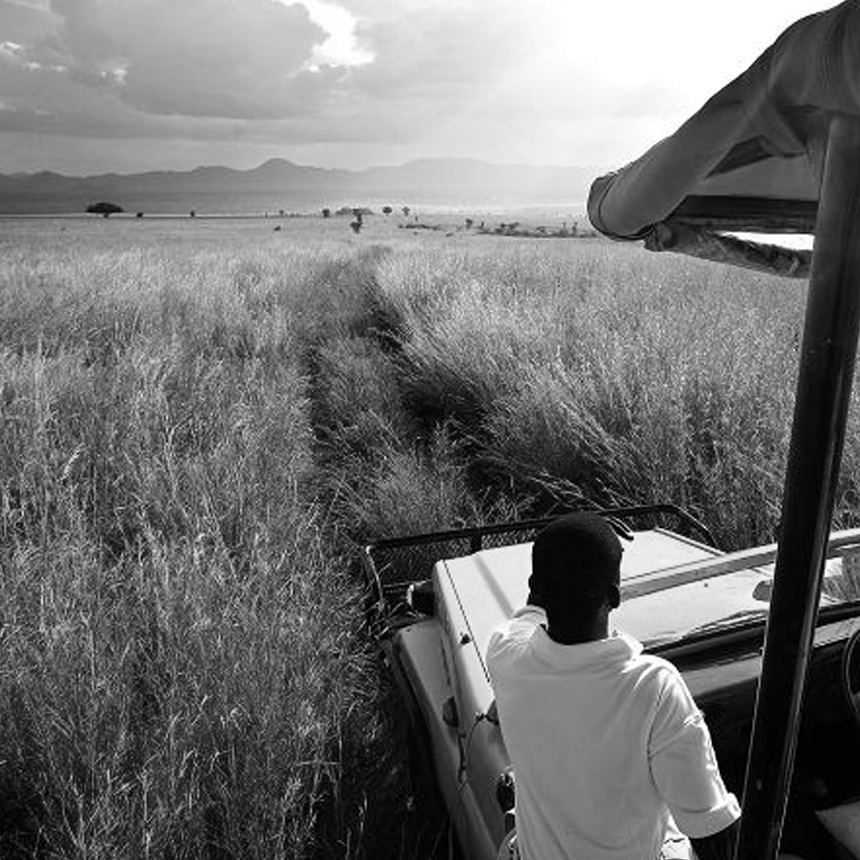
November
is strongest in north and central Africa, Asia,
the south of South America and Antarctica

December
is strongest in north and central Africa, Asia,
the south of South America and Antarctica
